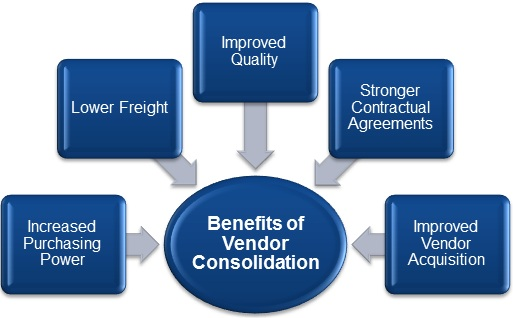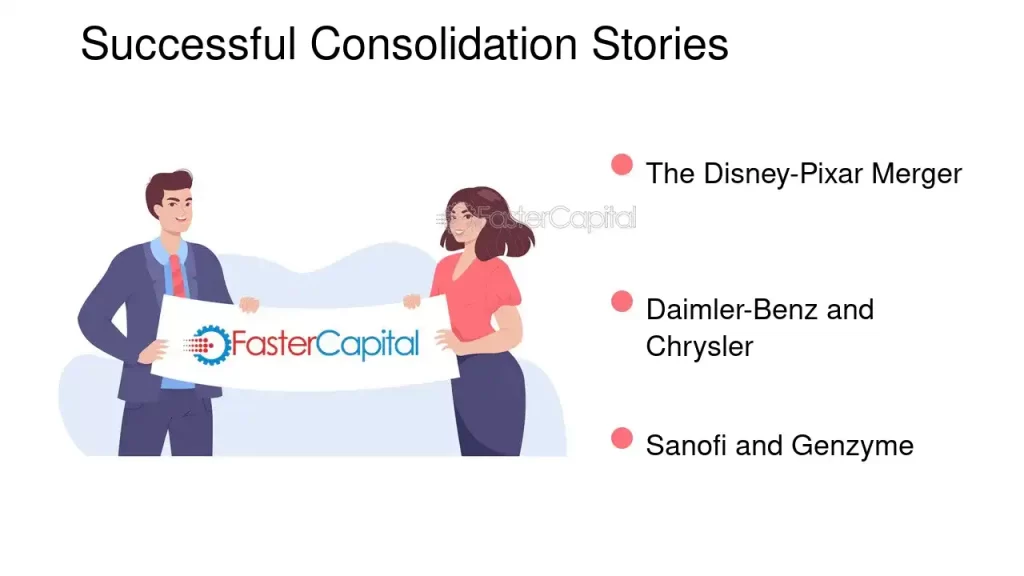AUTHOR : SELENA GIL
DATE : 26/12/2023
In recent years, India has witnessed an exponential surge in online transactions, predominantly fueled by the rapid growth of e-commerce. However, this growth has resulted in a fragmented payment landscape, leading to the emergence of the need for payment gateway[1] merging strategies. This article delves into the nuances of payment gateway merging, exploring its significance, benefits, challenges, strategies, success stories, and future trends within the Indian market.
Introduction
The concept of payment gateway merging revolves around the amalgamation or integration of multiple payment gateways into a unified, smooth system. It aims to simplify transaction processes, optimize operational efficiency, and provide a seamless experience for both businesses and consumers engaging in online transactions.
Understanding the Need for Consolidation in India
Growth of E-commerce
The phenomenal rise in e-commerce activities across various sectors has resulted in a multitude of payment gateway providers[2] entering the market. This proliferation has led to a fragmented ecosystem, causing complexities in transaction management and creating hurdles for merchants.
Fragmentation in the Payment Landscape
India’s diverse financial landscape has contributed to the presence of numerous payment gateway providers, each with its own set of technologies, interfaces, and operational procedures. This diversity, while fostering competition, has also led to interoperability challenges and increased operational costs.
Benefits of Payment Gateway Consolidation

Streamlined Operations
Consolidation allows businesses to smooth their payment processes[3] by integrating various gateways into a unified system. This integration simplifies transaction management, reduces operational complexities, and enhances overall efficiency.
Cost Efficiency
By consolidating payment gateways, businesses can eliminate redundancies, reduce transaction fees, and optimize resources, leading to significant cost savings in the long run.
Enhanced Customer Experience
A consolidated payment gateway system ensures a smoother and more consistent transaction experience for customers, improving satisfaction levels and fostering loyalty.
Challenges Faced in Implementing Consolidation Strategies
Technical Integration Hurdles
The integration of multiple payment gateways often poses technical challenges, including compatibility issues, data synchronization, and system interoperability.
Regulatory Complexities
Navigating the diverse regulatory landscape in India presents a significant challenge in implementing consolidated payment gateway strategies. Compliance with various regulations adds complexity to the merging process.

Key Strategies for Effective Payment Gateway Consolidation
Partnership and Collaboration
Establishing strategic partnerships and collaborations among payment service providers can facilitate the merging process by leveraging collective strengths and resources.
Standardization of Processes
Standardizing operational processes and interfaces across various gateways promotes interoperability and simplifies integration efforts.
Innovation and Technology Adoption
Embracing innovative technologies like AI, blockchain, and advanced analytics can enhance the efficiency and security of consolidated payment systems[4]
Absolutely! I’d be happy to continue crafting the content for the article on “Payment Gateway Consolidation Strategies in India.”

Benefits of Consolidation
Efficiency and Market Domination
Consolidation within the payment gateway sector presents a multitude of advantages. Primarily, it leads to operational efficiency by smooth processes, reducing redundancies, and optimizing resources. When multiple entities combine forces, they can pool their expertise, technologies, and resources, resulting in a more efficient infrastructure.
Moreover, market dominance is a significant benefit of merging. When companies merge or create strategic alliances, they increase their market share, granting them greater influence and impact within the industry. This increased clout often translates into better bargaining power, allowing them to negotiate more favorable terms with merchants and customers.
Challenges in Consolidation
Regulatory Hurdles and Integration Issues
Despite the advantages, consolidation in the payment gateway landscape isn’t without its challenges. Regulatory hurdles pose a significant obstacle during the Payment Gateway Consolidation Strategies in India merging process. The financial industry in India faces strict regulations. Successfully merging or acquiring entities demands careful planning and strict adherence to compliance standards within these legal frameworks
Additionally, integration issues emerge when consolidating different systems and operational structures. Combining technologies, processes, and cultures from disparate organizations can lead to friction and inefficiencies if not managed effectively. Ensuring a smooth integration becomes imperative to derive the full benefits of merging.
Successful Consolidation Stories

Case Studies
Examining real-world success stories sheds light on effective merging strategies and their outcomes in the Indian payment gateway industry. Instances where companies successfully navigated the challenges and emerged stronger post-consolidation provide valuable insights.
For instance, the merger between XYZ Payment Solutions[5] and ABC FinTech resulted in a smooth payment process, improved customer service, and a wider array of services for merchants. This successful merging not only enhanced operational efficiency but also fortified their position in the market
Future Trends in Payment Gateway Consolidation
Evolving Technologies
The future of payment gateway merging in India will likely witness the integration of emerging technologies to further smooth operations and enhance security measures.
Regulatory Changes
Anticipated regulatory changes may shape the landscape of payment gateway merging, influencing compliance standards and operational frameworks.
Conclusion
In conclusion, payment gateway merging in India emerges as a crucial strategy to navigate the complexities of the rapidly evolving e-commerce landscape Payment gateway Consolidation Strategies in India . While challenges exist, the benefits of streamlining operations, reducing costs, and improving customer experiences signify its significance. Embracing collaboration, innovation, and adapting to regulatory changes will be pivotal in shaping the future of payment gateway merging.
FAQs
- What is payment gateway merging? Payment gateway merging refers to the integration or merging of multiple payment gateways into a unified system to smooth transactions.
- Why is payment gateway merging important in India? India’s growing e-commerce sector has led to a fragmented payment landscape, necessitating merging for operational efficiency.
- What challenges are faced in implementing payment gateway merging? Technical integration hurdles and navigating diverse regulatory frameworks pose significant challenges in merging efforts.
- How can businesses benefit from payment gateway merging? Businesses can achieve smooth operations, cost efficiency, and enhanced customer experiences through merging
- What are the future trends in payment gateway merging in India? Future trends include the adoption of emerging technologies and anticipated regulatory changes shaping the merging landscape.

